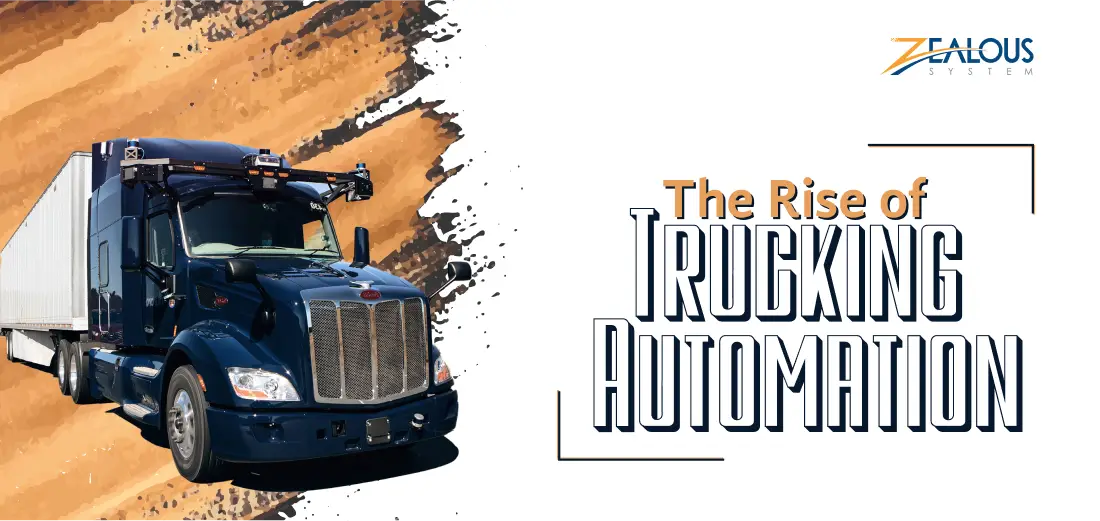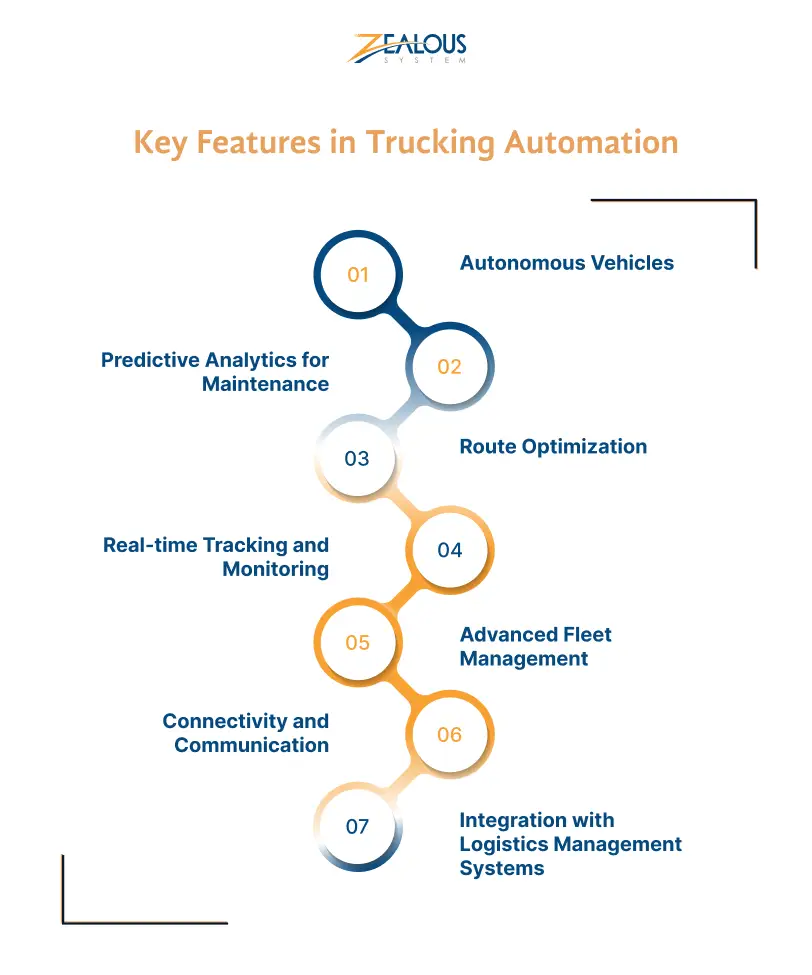
- Company
- Services
- UI/UX Design Services
- Microsoft Dynamics 365
- Mobile App Development
- AI Software Development
- Web App Development
- Generative AI Development
- Digital Product Development
- Enterprise Mobility
- SaaS Application Development
- Application Integration
- White-label WP Maintenance
- ERP Software Solutions
- Software Testing
- Offshore Development Center
- Let’s Connect
- Trending
- Technology
- Industry
- Build Your Team
- Our Work
- Company
- Services
- UI/UX Design Services
- Microsoft Dynamics 365
- Mobile App Development
- AI Software Development
- Web App Development
- Generative AI Development
- Digital Product Development
- Enterprise Mobility
- SaaS Application Development
- Application Integration
- White-label WP Maintenance
- ERP Software Solutions
- Software Testing
- Offshore Development Center
- Let’s Connect
- Trending
- Technology
- Industry
- Build Your Team
- Our Work
We use cookies and similar technologies that are necessary to operate the website. Additional cookies are used to perform analysis of website usage. please read our Privacy Policy
Driving Innovation: The Impact of Automation on the Trucking Industry

Trucking automation stands at the forefront of the transportation revolution, promising unparalleled advancements in efficiency, safety, and cost-effectiveness. By integrating autonomous vehicles, predictive analytics, and smart logistics solutions, the industry is witnessing a transformation that not only addresses current challenges but also paves the way for a more sustainable and interconnected future.
The trucking industry is the backbone of the global economy, transporting vital goods across vast distances. But just like any other sector, it faces challenges: driver shortages, rising fuel costs, and safety concerns. The answer? Automation.
Automated trucking marks a pivotal moment in the evolution of logistics, where technological innovations intersect with the demands for increased efficiency and reduced environmental impact.
This blog delves into the transformative power of automation in the trucking industry, exploring its potential to revolutionize the way we move goods.
What is Trucking Automation?
Trucking automation refers to the integration of cutting-edge technologies to automate various aspects of the trucking process, reducing reliance on human intervention. This includes self-driving trucks, automated route planning, real-time tracking, and smart logistics management systems. The overarching goal is to enhance operational efficiency, improve safety, and optimize the overall logistics workflow.
- Advanced Driver-Assistance Systems (ADAS): Features like lane departure warning, automatic emergency braking, and adaptive cruise control improve safety and reduce driver fatigue.
- Platooning: Trucks connect wirelessly, maintaining precise distances for improved fuel efficiency and reduced traffic congestion.
- Autonomous Trucks: In varying stages of development, these self-driving vehicles navigate highways without human input, holding the potential for revolutionizing the industry.
Automation in Trucking Industry: Stats and Figures
- Autonomous Trucks Market size was valued at USD 2,687.42 Million in 2022 and is projected to reach USD 8,576.29 Million by 2030, growing at a CAGR of 13.24% from 2024 to 2030.
Automation could reduce trucking accidents by 20%. - A 5% reduction in fuel consumption through automation translates to billions of dollars saved annually.
- Autonomous truck trials are underway in several countries, with estimates predicting their widespread deployment by 2030.
- NHTSA reports ADAS can reduce truck crashes by 40%.
Why Invest in Trucking Automation Systems?
The decision to invest in trucking automation systems is not merely a trend but a strategic move towards a future-ready logistics operation. The advantages are:
1. Enhanced Efficiency and Productivity:
Automation eliminates the limitations of human drivers. Trucks can operate 24/7, navigating highways tirelessly, unfazed by fatigue or regulations on driving hours. This translates to faster deliveries, reduced shipping times, and a significant boost in operational efficiency. Imagine a world where urgent medical supplies reach remote locations hours faster, or fresh produce arrives on supermarket shelves at its peak ripeness. Trucking automation makes such scenarios a reality.
2. Improved Safety:
Human error is a leading cause of trucking accidents. Automation removes this crucial factor, relying on sophisticated sensors, radars, and AI algorithms to navigate roads with unmatched precision. These systems react faster than humans, anticipate risks, and maintain safe distances, leading to a dramatic reduction in accidents and saving countless lives.
3. Reduced Costs:
Driver salaries, fuel consumption, and maintenance expenses are major operational costs for trucking companies. Automation offers significant savings in all these areas. Driverless trucks require fewer breaks, optimize fuel usage, and experience less wear and tear due to smoother driving patterns. The cost savings can be reinvested in further technological advancements or passed on to consumers through lower shipping costs.
4. A Future Proofed Workforce:
While some may fear automation replacing human drivers, the reality is more nuanced. The truck driver role will evolve, transitioning from manual operation to fleet management and oversight. New skills in technology, data analysis, and logistics will be in high demand, creating exciting career opportunities for the workforce of tomorrow.
5. Building a Sustainable Future:
Trucking automation paves the way for a more sustainable transportation system. Optimized routes, reduced fuel consumption, and lower emissions contribute to a cleaner environment. Additionally, automated trucks can be integrated with renewable energy sources like electric or hydrogen power, further minimizing their environmental impact.
Key Features Need to Consider in Trucking Automation
Trucking automation is no longer a futuristic fantasy; it’s rapidly becoming a reality on highways around the world. These high-tech trucks are equipped with an arsenal of features that not only transform how goods are transported but also promise a safer, more efficient, and environmentally friendly future for the industry. Let’s explore some of the key features that are driving this revolution:
Autonomous Vehicles:
Central to trucking automation is the deployment of autonomous vehicles. These self-driving trucks leverage advanced sensors, cameras, and radar systems to navigate roads, reducing the need for constant human intervention and addressing challenges related to driver shortages.
Predictive Analytics for Maintenance:
Trucking automation incorporates predictive analytics tools to anticipate and schedule maintenance tasks. By analyzing data from sensors and monitoring systems, this feature ensures that potential issues are identified before they escalate, reducing downtime and enhancing overall fleet reliability.
Route Optimization:
Key to improving operational efficiency, route optimization features use advanced algorithms to calculate the most time-efficient and cost-effective paths for trucks. This not only reduces fuel consumption but also enhances delivery timelines, contributing to a more sustainable and customer-centric approach.
Real-time Tracking and Monitoring:
Real-time tracking features provide visibility into the entire logistics chain. You can GPS technology in supply chain and connectivity, businesses can monitor the location, status, and conditions of shipments, ensuring better control over the supply chain and enhancing responsiveness to unforeseen events.
Advanced Fleet Management:
Trucking automation platforms often include comprehensive fleet management software. These features allow businesses to oversee the entire fleet, monitor driver behavior, track vehicle health, and optimize overall operational performance for increased productivity.
Connectivity and Communication:
Seamless communication features enable constant connectivity between trucks, drivers, and the central logistics hub. This ensures effective coordination, timely updates, and immediate response to any issues, contributing to a more agile and responsive supply chain.
Integration with Logistics Management Systems:
Trucking automation systems integrate seamlessly with broader logistics management software. This ensures a holistic approach to supply chain optimization, allowing businesses to streamline processes, enhance visibility, and make data-driven decisions for improved overall efficiency.
How to Develop a Trucking Automation System?
Developing such a complex trucking automation system requires a multi-layered approach, blending cutting-edge technology, skilled expertise, and a clear vision for the future of transportation. Here’s a roadmap to guide you through the intricate process:
1. Define Project Scope and Objectives:
Clearly articulate the project’s scope and objectives, emphasizing key features like autonomous capabilities, predictive maintenance, and route optimization to align with specific business goals.
2. Research Industry and Regulations:
Stay abreast of industry trends, safety standards, and compliance requirements. This ensures the trucking automation system adheres to legal frameworks and operates seamlessly within regulatory constraints.
3. Choose Technologies Wisely:
Thoughtfully select technologies such as AI, IoT, and autonomous vehicle tech to empower the system with efficiency and innovation, ensuring a robust foundation for transformative capabilities.
4. Design User-friendly Interfaces:
Develop intuitive interfaces tailored for drivers and managers. Prioritize real-time information accessibility and effective communication tools, fostering a user-centric experience for seamless interaction.
5. Implement Autonomous Vehicle Tech:
Integrate both hardware and software components for autonomous vehicles. This holistic approach guarantees the safe and efficient deployment of self-driving capabilities, revolutionizing traditional trucking operations.
6. Integrate Predictive Maintenance:
Implement advanced algorithms for predictive maintenance, leveraging vehicle data analysis. Proactively schedule maintenance tasks to prevent breakdowns, reduce downtime, and extend the lifespan of the fleet.
7. Develop Route Optimization:
Craft sophisticated algorithms for route optimization, considering variables like traffic conditions, fuel efficiency, and delivery timelines. This feature enhances operational efficiency and contributes to overall cost-effectiveness.
8. Ensure Real-time Tracking:
Implement real-time tracking using GPS and IoT technologies, providing continuous monitoring of vehicle location, status, and cargo conditions. This real-time visibility optimizes decision-making and enhances supply chain management.
9. Focus on Security and Compliance:
Prioritize data security through robust encryption and strict compliance with privacy regulations. This commitment ensures the protection of sensitive information, fostering trust and compliance with industry standards.
10. Conduct Rigorous Testing:
Execute thorough software testing protocols to identify and address potential issues. Conduct simulations for autonomous vehicles and validate the reliability of all system features. This iterative testing approach guarantees a resilient and high-performance trucking automation system.
Why Choose Zealous for Building Trucking Automation Software?
Zealous is a leading software development company with a proven track record in building innovative solutions for the transportation industry. We offer:
- Extensive experience: Our team has expertise in AI, machine learning, and sensor technology, crucial for developing robust automation systems.
- Agile development methodology: We deliver solutions quickly and efficiently, adapting to your evolving needs.
- Data-driven approach: We utilize data analytics to optimize system performance and ensure continuous improvement.
- Security focus: We prioritize data security and privacy, ensuring your operations are protected.
Conclusion
Trucking automation is not just a technological trend; it’s a revolution waiting to happen. By embracing this transformative technology, trucking companies can unlock unprecedented efficiency, safety, and sustainability. Partner with Zealous, and together, let’s drive innovation and pave the way for a smarter, safer, and greener future of transportation.
We are here
Our team is always eager to know what you are looking for. Drop them a Hi!
Pranjal Mehta
Pranjal Mehta is the Managing Director of Zealous System, a leading software solutions provider. Having 10+ years of experience and clientele across the globe, he is always curious to stay ahead in the market by inculcating latest technologies and trends in Zealous.
Table of Contents
×


Comments